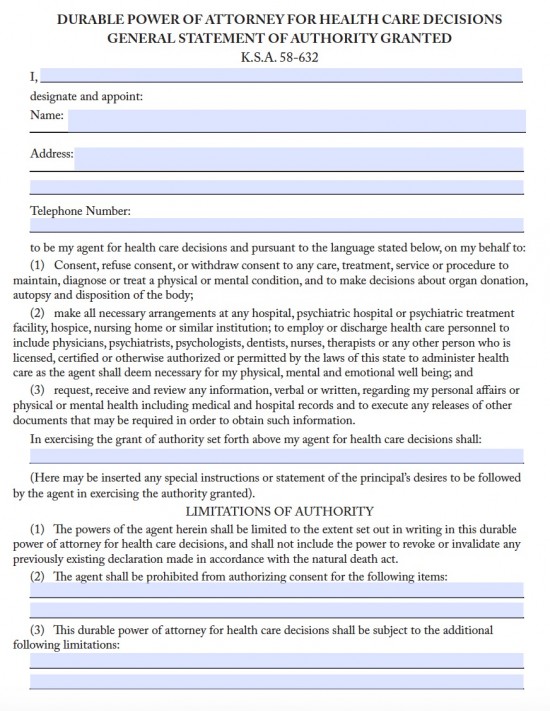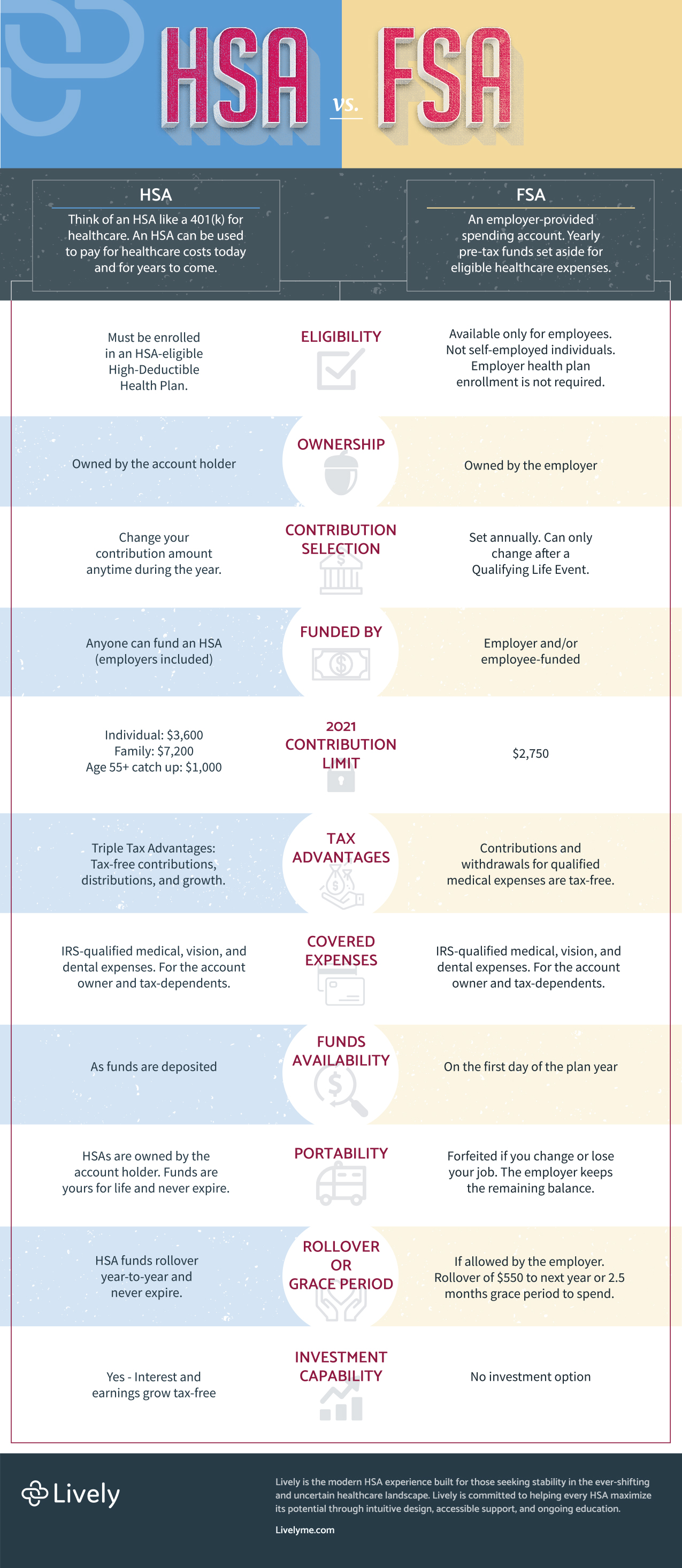The sickest 5% of the population produce 50% of total healthcare costs, while the healthiest 50% just produce 3% of costs. People have less financial reward to remain healthy: Without a copay, people might overuse emergency rooms and medical professionals. There are long wait times for optional procedures: The federal government focuses on offering fundamental and emergency health care.
Health care expenses. For instance, some Canadian provinces spend nearly 40% of their budgets on health care. with a low possibility of success. This consists of drugs for unusual conditions and expensive end-of-life care. In the United States, look after clients in the last 6 years of life comprises one-fourth of the Medicare spending plan.
Standardizes service. Develops a much healthier labor force. Avoids future social expenses. Guides individuals to make much healthier choices. Drawbacks Healthy people pay for the sickest. Individuals have less monetary incentive to remain healthy. Long haul times. Doctors may cut care to lower expenses. Health care expenses overwhelm government spending plans. The federal government might limit services that have a low likelihood of success There are three universal healthcare models.
Nations typically integrate universal health coverage with other systems to present competitors. These alternatives can reduce costs, broaden option, or improve care. People can likewise go with better services with additional private insurance coverage. The https://docs.google.com/document/d/1NBSEb80hBM54ihkXRExH9XtyhIxrUhxjCAGLgiqWvSc/preview United States uses different designs for populations such as the senior, veterans, and low-income people. In a single-payer system, the government provides complimentary healthcare spent for with revenue from earnings taxes.
Every person has the exact same access to care. This is called the Beveridge Design. When governments supply health care, they work to make sure doctors and medical facilities offer quality care at an affordable cost. They should gather and examine information. They can likewise use their acquiring power to influence health care suppliers.
Things about Which Of These Is The Definition Of Palliative Care According To The World Health Organization?
Other nations include Spain, New Zealand, and Cuba. The United States uses it to veterans and military personnel with the Department of Veterans Affairs and the armed forces. Nations that use a social health insurance model needs everyone to buy insurance, typically through their companies. The taxes enter into a government-run health insurance fund that covers everybody.
The government manages medical insurance costs. It also has a great deal of influence to control the private-providers' costs. Germany developed this system. France, Belgium, the Netherlands, Japan and Switzerland also use it. The U.S. Obamacare system also requires insurance, however there are numerous exemptions. It is likewise similar because it offers subsidies to health insurance coverage companies for low-income enrollees.
Every citizen pays into the nationwide insurance plan. Administrative expenses are lower due to the fact that there is one insurer. The government has a lot of leverage to force medical expenses down. Canada, Taiwan, and South Korea utilize this model. The U.S. Medicare, Medicaid, and TRICARE systems likewise utilize this design Australia has a combined health strategy.
Everyone receives protection. People should pay deductibles prior to federal government payments kick in. Lots of homeowners want to spend for extra personal medical insurance to receive a greater quality of care. Federal government regulations secure elders, the poor, kids, and rural homeowners. In 2018, healthcare expense 9. 3% of Australia's gross domestic item.
The per capita cost was US$ 5,005, about average for developed countries. There were 42. 6% of patients who reported a wait time of more than four weeks to see an expert. Australia had one of the best infant death rates of the compared countries at 3. 1%. Canada has a national health insurance system.
The Ultimate Guide To Avedis Donabedian Defined Health Care Quality As Having Which Of The Following Components?

Personal additional insurance coverage pays for vision, oral care, and prescription drugs. Healthcare facilities are openly moneyed. They supply totally free care to all citizens despite their capability to pay. The federal government keeps hospitals on a set spending plan to manage expenses, but compensates medical professionals at a fee-for-service rate. In 2018, health care expense 10.
The cost per individual was US$ 4,974. A tremendous 62. 8% of clients waited more than four weeks to see a professional. The infant mortality rate was 4. 3%, among the nations compared. France has a social medical insurance system that provides care to all legal citizens. That consists of hospitals, physicians, drugs, and some dental and vision care.
Of that, payroll taxes fund 64%, earnings taxes spend for 16%, and 12% is from tobacco and alcohol taxes. In 2018, health care expense 11. 2% of GDP. That was US$ 4,965 per individual. Half of all patients reported Drug Rehab Center a wait time of more than four weeks to see a professional.
4%. These statistics are all in the middle of the pack for developed countries - how does the triple aim strive to lower health care costs?. Germany has a social medical insurance program. Everyone must have public health insurance coverage, however those above a particular earnings can choose private insurance instead. The state-sponsored insurance covers hospitalization, other than for meals and accommodation. It also covers rehabilitation for medical facility stays, mental health, and addiction.
Financing originates from payroll taxes. In 2018, health care expense 11. 2% of GDP. It averaged US$ 5,986 per person. Both figures are about average. Only 28. 1% of patients reported a wait time of more than 4 weeks to see a professional. That is among the most affordable of the industrialized nations.

Which Of The Following Is Not A Result Of The Commodification Of Health Care? Things To Know Before You Get This
The infant mortality rate was 3. 1%. The country has a social health insurance coverage system for all homeowners. how many jobs are available in health care. Protection is offered by completing private insurance provider. Homeowners pay premiums as much as 8% of their income. The government reimburses them for any greater expenses. Individuals can buy additional insurance coverage to access much better hospitals, physicians, and features.
2% of GDP. It was USD $7,317 per person. Only 27. 3% of clients reported a wait time of more than 4 weeks to see an expert. The infant death rate was 3. 7%. The UK has single-payer healthcare that covers all locals. Visitors receive look after emergency situations and contagious diseases.
The federal government pays 80% of expenses through earnings and payroll taxes. The rest is paid from copayments and people paying out-of-pocket for NHS services. It pays for all treatment, including some oral and eye care, hospice care, and some long-lasting care. There are some copays for drugs. In 2015, 10.
homeowners had private insurance coverage for optional medical treatments. In 2018, health care costs were 9. 8% of GDP. The expense was US $4,069 per individual. However 46. 4% of patients reported a wait time of more than 4 weeks to see a specialist. The baby death rate was 3. 6%.
As an outcome, 67. 2% of Americans have private medical insurance, mainly from their companies. The federal government supports private health insurance through Obamacare. Another 37. 7% of Americans have federal government protection. These include Medicaid, Medicare, Children's Health Insurance coverage Program, and military protection consisting of the Veterans Administration. Only 8. 5% had no coverage at all.
Not known Details About What Is A Health Care Premium
Lots of democratic prospects promote universal health care under the title "Medicare for All." In 2018, health care expense 16. 9% of GDP. That was a staggering US$ 10,586 per person. About 28% of clients reported a wait time of more than four weeks to see a professional. That has to do with the like Germany and Switzerland.